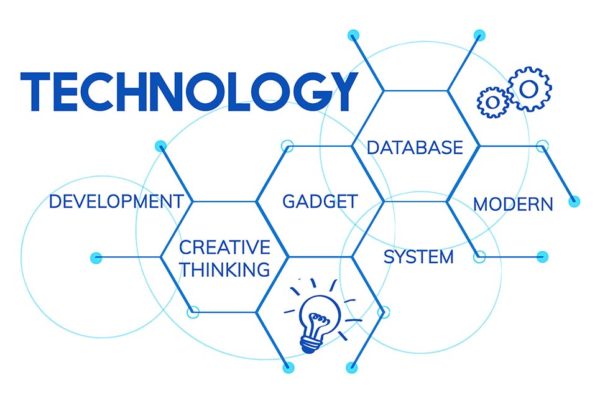
In the rapidly evolving landscape of the 21st century, businesses and organizations are facing a critical juncture: adapt to the digital age or risk falling behind. The phenomenon known as “digital transformation” has become a rallying cry for enterprises seeking to revolutionize their operations, customer experiences, and overall competitive advantage.
The Essence of Digital Transformation
Digital transformation is more than just implementing new technologies; it’s a holistic reimagining of how businesses operate and deliver value. It involves the integration of digital technologies into every facet of an organization, from customer interactions and internal processes to business models and culture. This shift empowers organizations to optimize processes, enhance customer experiences, and uncover new revenue streams.
The Drivers of Change
Several factors are propelling the need for digital transformation. Foremost among these is the ever-changing consumer behavior shaped by technology. Modern customers expect seamless online experiences, personalized interactions, and instant gratification. To meet these demands, businesses must leverage digital tools to create dynamic and tailored customer journeys.
Moreover, the rise of big data and analytics has unlocked the potential for data-driven decision-making. With the ability to gather and analyze vast amounts of information, organizations can make informed choices, identify trends, and predict future developments. This data-driven approach enhances operational efficiency and allows for the creation of innovative products and services.
Navigating the Transformation Journey
Embracing digital transformation is a multi-faceted endeavor that requires careful planning and execution. Here are some key steps to consider:
1. Strategic Vision:
Articulate a clear digital vision aligned with your business goals. This vision should encompass the changes needed across processes, technology, and culture.
2. Leadership Buy-In:
Digital transformation requires support from the top down. Leaders must champion the initiative, allocate resources, and foster a culture of innovation and adaptability.
3. Technology Integration:
Identify the technologies that align with your vision. Cloud computing, artificial intelligence, the Internet of Things (IoT), and automation are often central components.
4. Data Management:
Establish robust data collection, storage, and analysis practices. Data insights are invaluable for making informed decisions and gaining a competitive edge.
5. Agile Implementation:
Adopt agile methodologies to iteratively implement changes. This approach allows for continuous improvement and the flexibility to adapt to evolving needs.
6. Talent Development:
Invest in upskilling your workforce to ensure they have the digital literacy required to embrace new tools and processes.
7. Customer-Centric Approach:
Prioritize enhancing customer experiences. Leverage technology to engage customers in innovative ways, such as personalized marketing and efficient support systems.
8. Security and Compliance:
As digital transformation exposes organizations to new risks, robust cybersecurity measures and compliance with data regulations are paramount.
The Road Ahead
Digital transformation is not a one-time project; it’s an ongoing journey. Organizations that successfully navigate this transformational path stand to gain a competitive edge, improved agility, and a heightened ability to innovate.
In conclusion, the era of digital transformation demands that businesses evolve alongside technology. Embracing this paradigm shift is no longer optional—it’s imperative for long-term sustainability. By fostering a culture of innovation, embracing emerging technologies, and placing customers at the center, organizations can pave the way for a resilient and prosperous future in the digital age.



